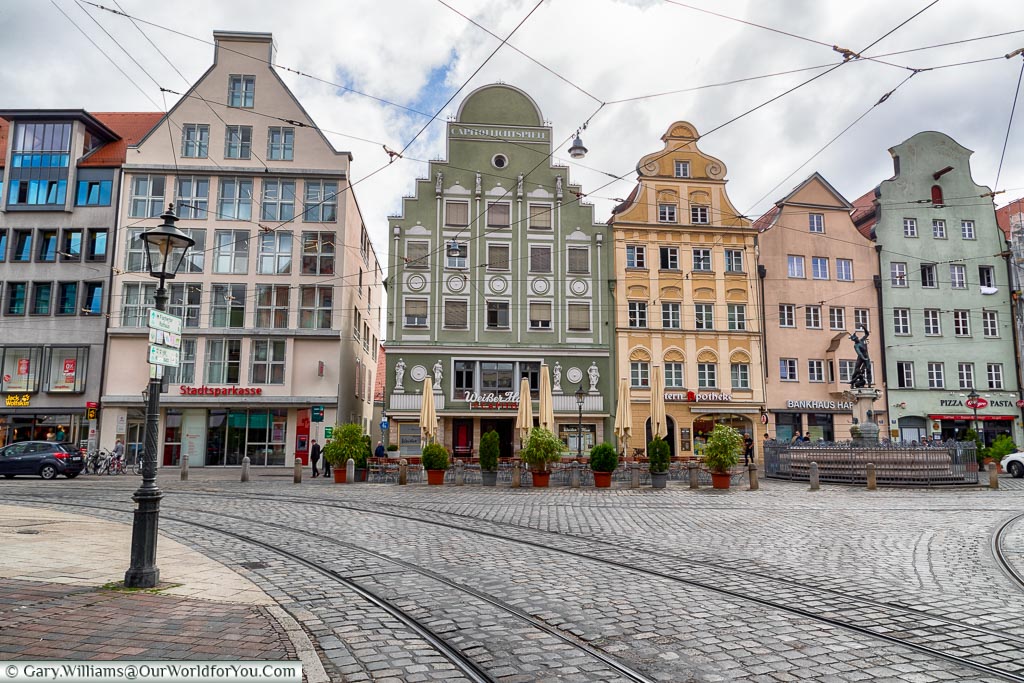
Visiting Augsburg, Bavaria, Germany
A Bavarian city with an intriguing history
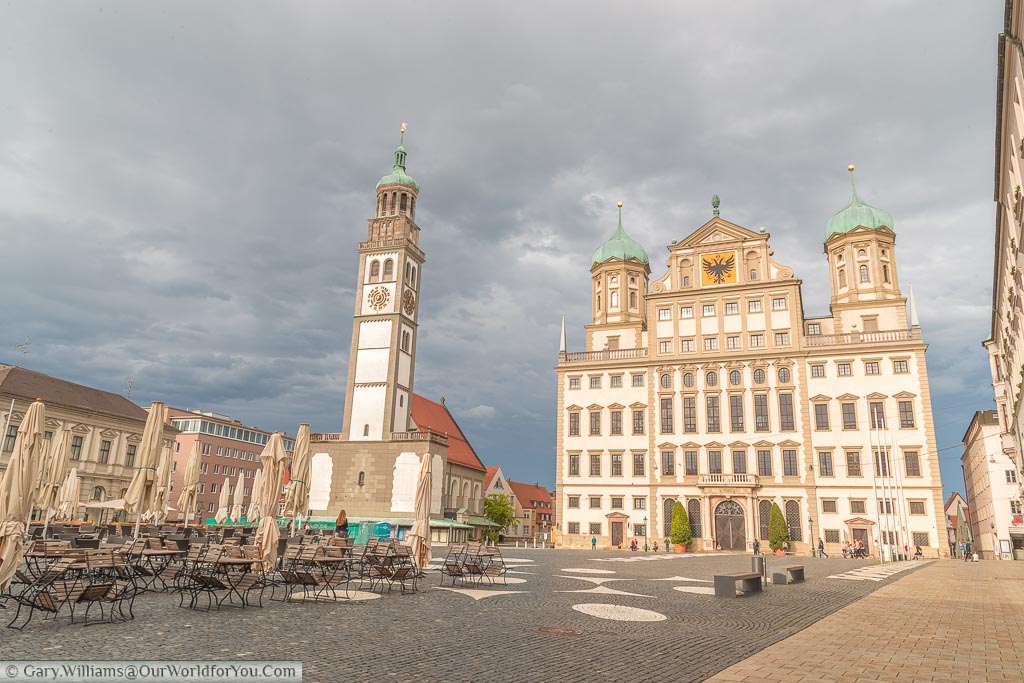
Storm clouds brewing over the Rathaus
However, we thought on this Lakes and Lederhosen revival road trip, we’d try somewhere slightly different. And Augsburg was ticking a lot of boxes for us it had, history, charm and culture.
Augsburg is also one of Germany’s oldest towns and was founded in 15 BC by the Romans and named after the emperor Augustus.
Augsburg was furthermore a Free Imperial City from 1276 to 1803.
Quick Links
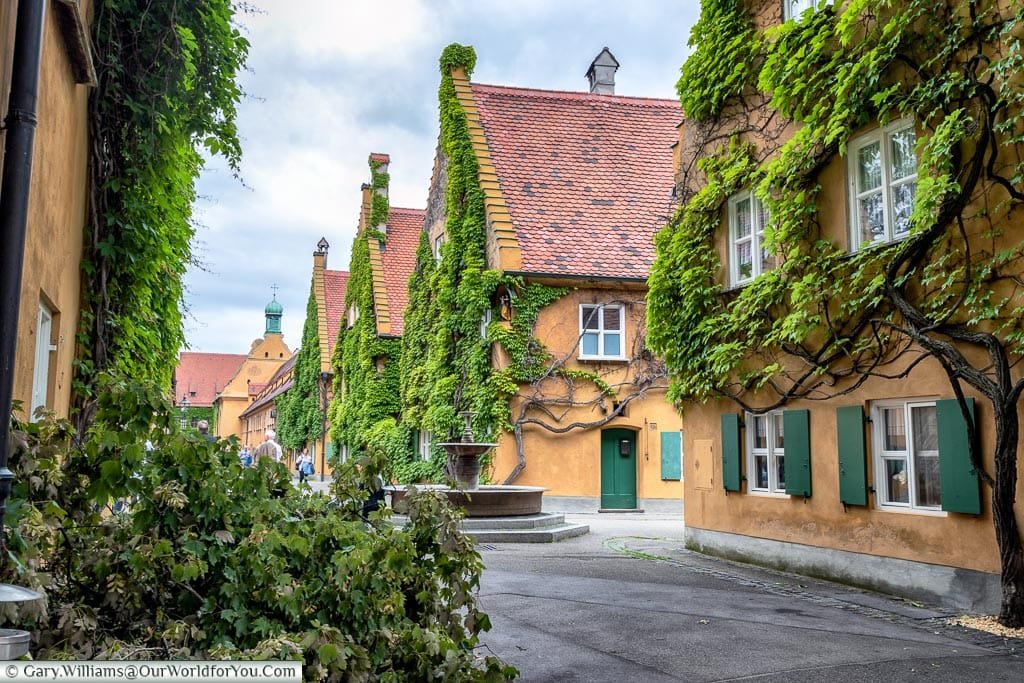
Herrengasse in the Fuggerei
What to see in Augsburg?
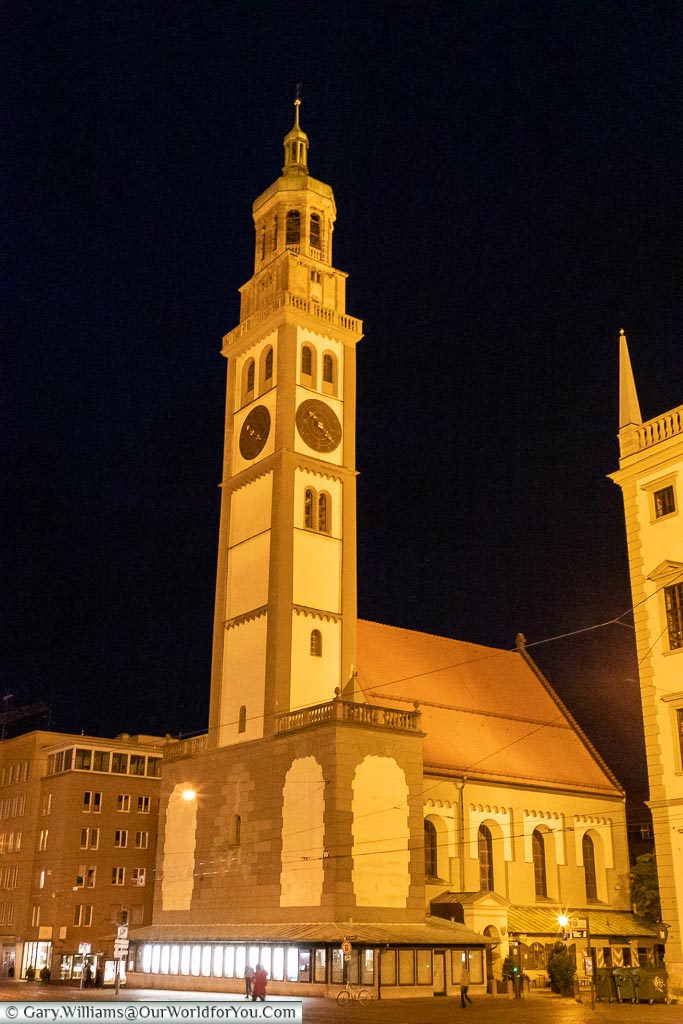
Perlachturm at night
Just next to the Perlach Tower is eye-catching Renaissance-style Town Hall, which was built in 1620.
However, due to an air-raid in February 1944 causing extensive damage, the Rathaus and its beautiful façade were restored to their former glory in 1955.
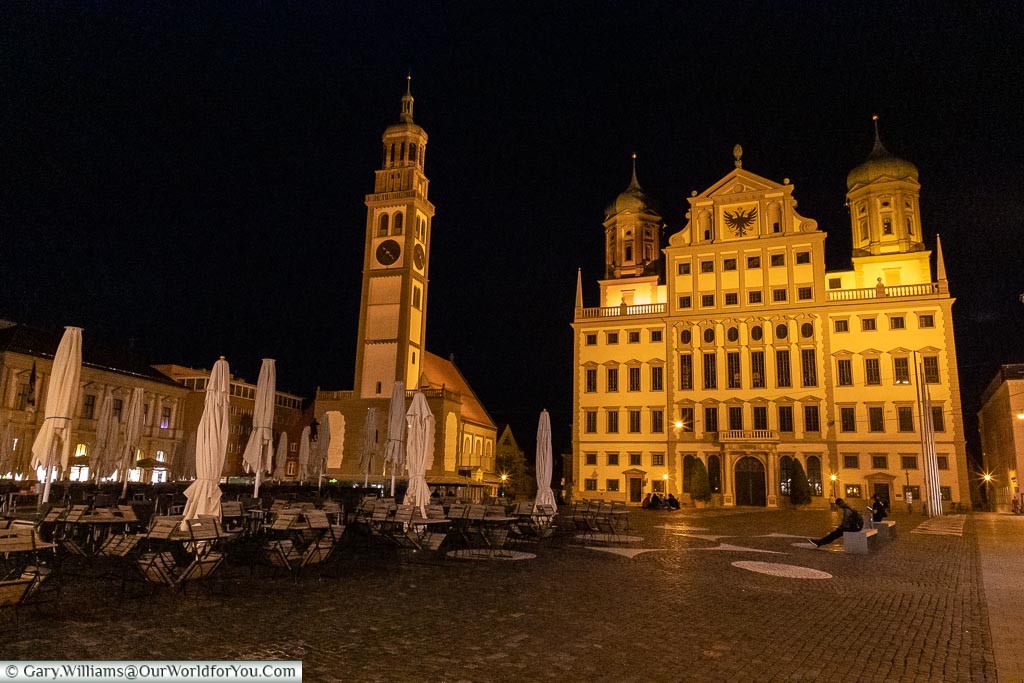
So close to Munich
A reference guide
I love nothing more than planning a trip and so often I use the DK Eyewitness books. I find them extremely informative, easy to follow and the pictures and maps tempt you into discovering more.
We used a previous version of this book to plan our Germany road trips, now you can grab the revised copy.
Golden Hall, Augsburg
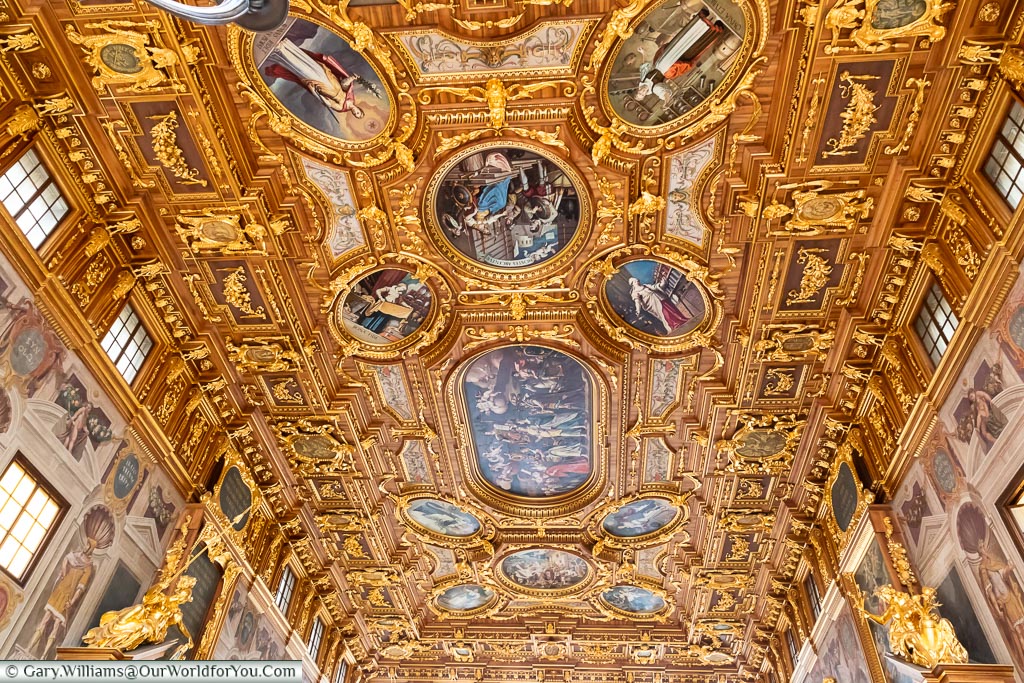
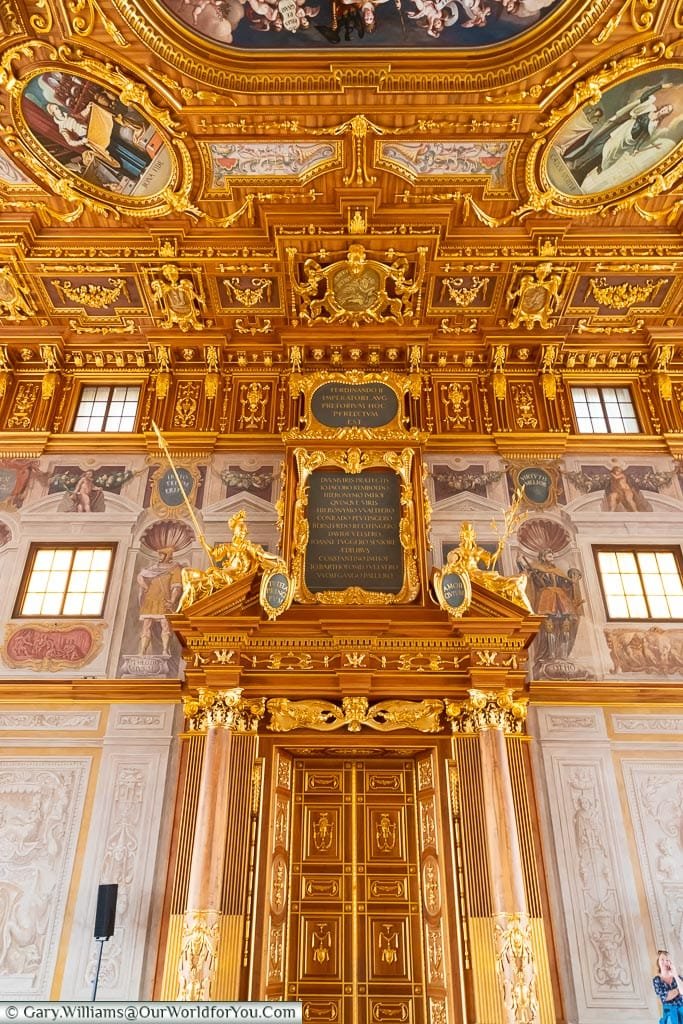
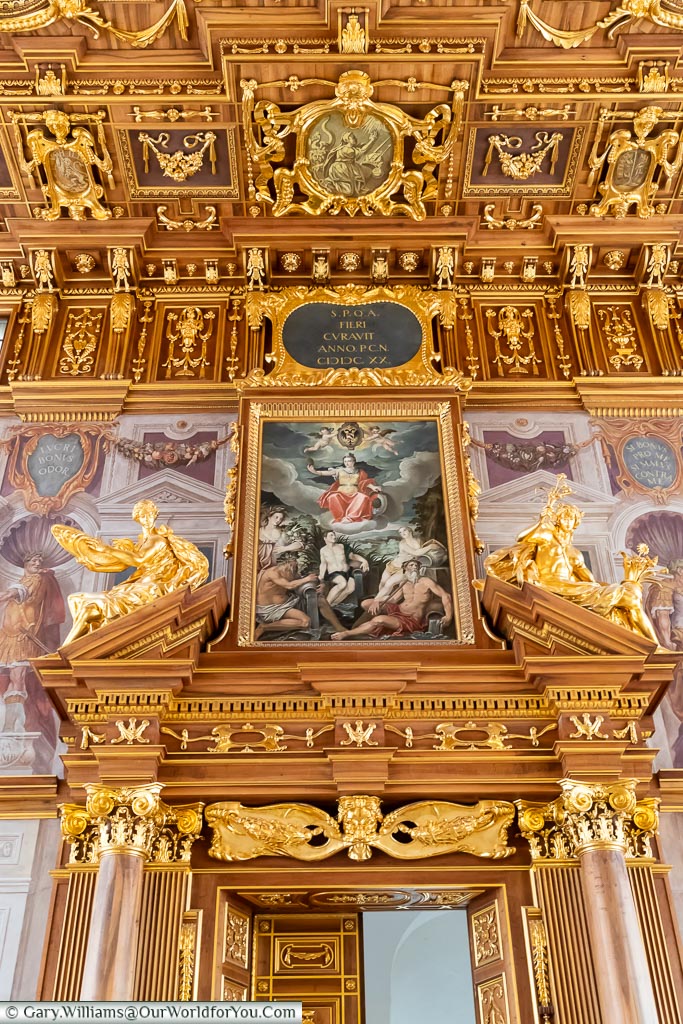
Maximilianstrasse, Augsburg

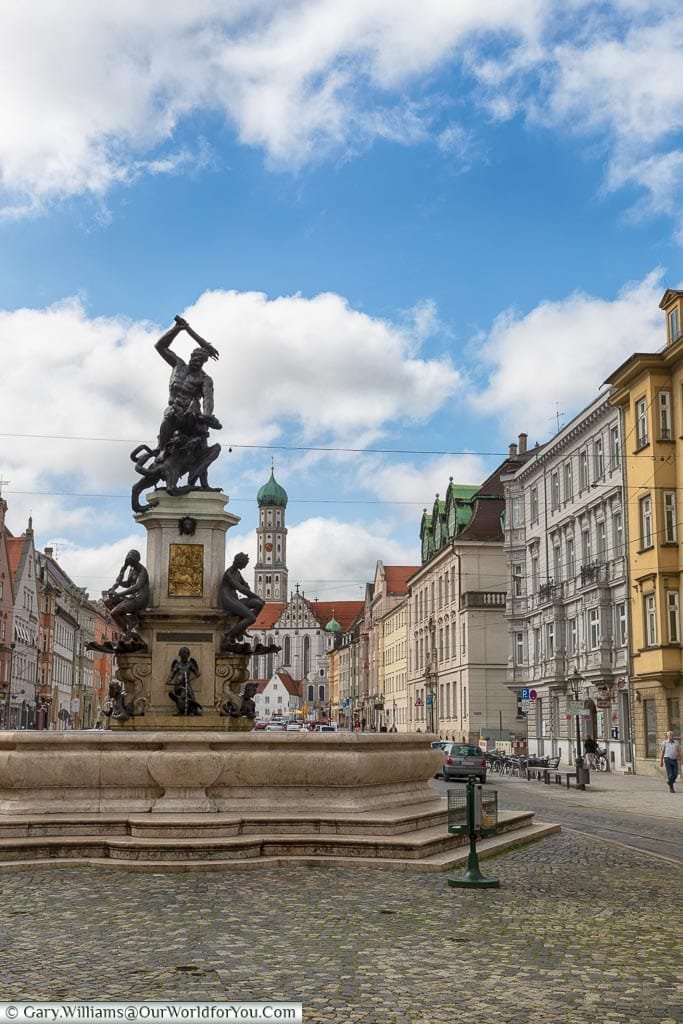
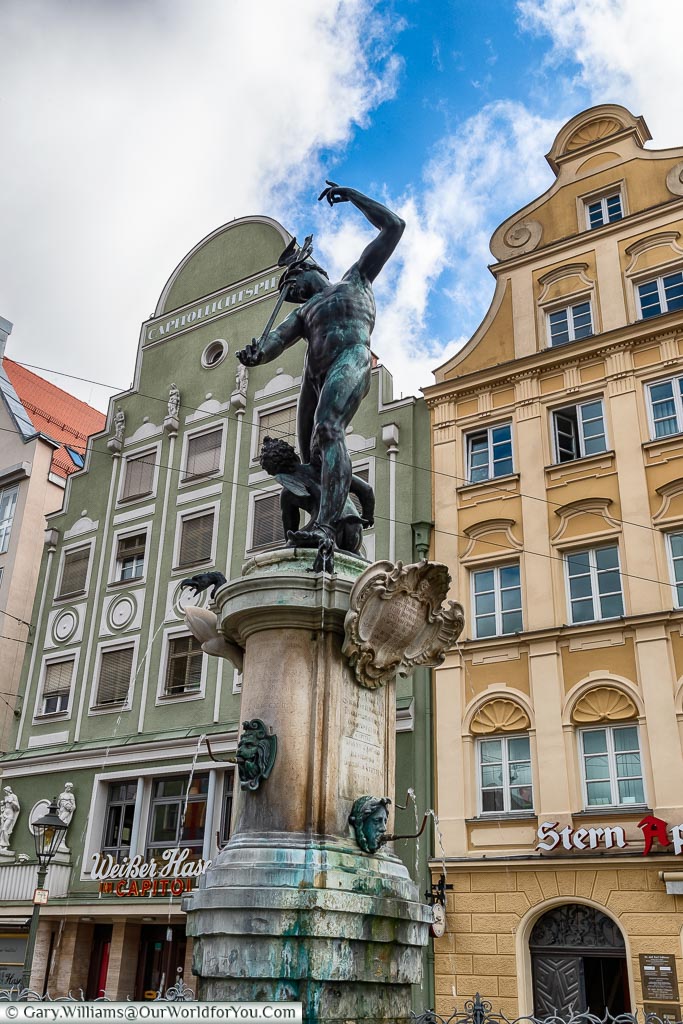
St. Ulrich’s and St Afra’s Abbey
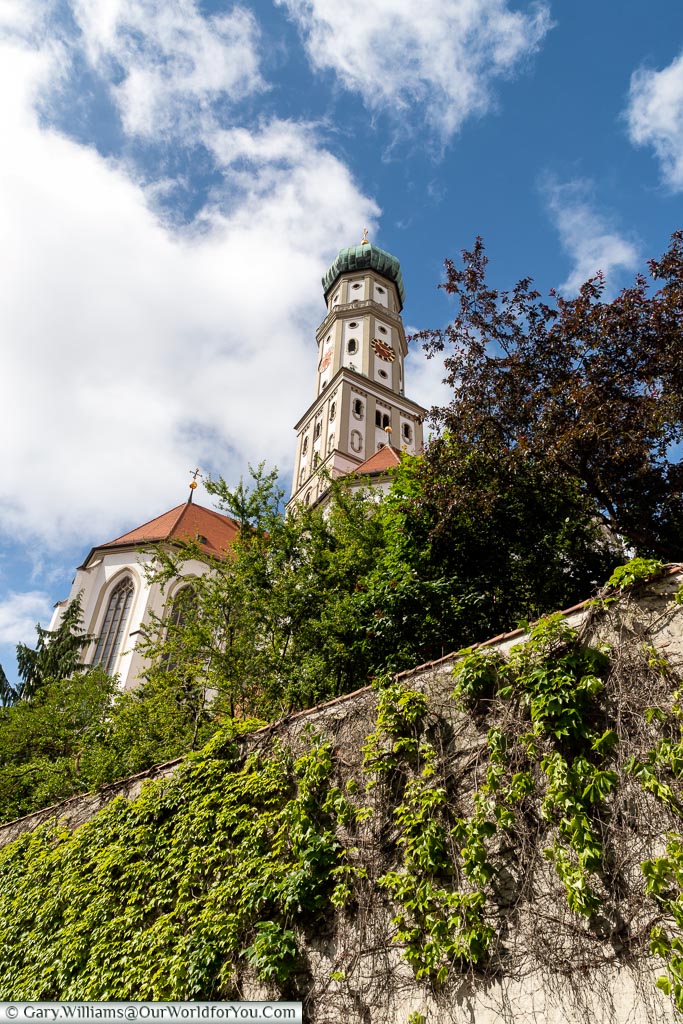
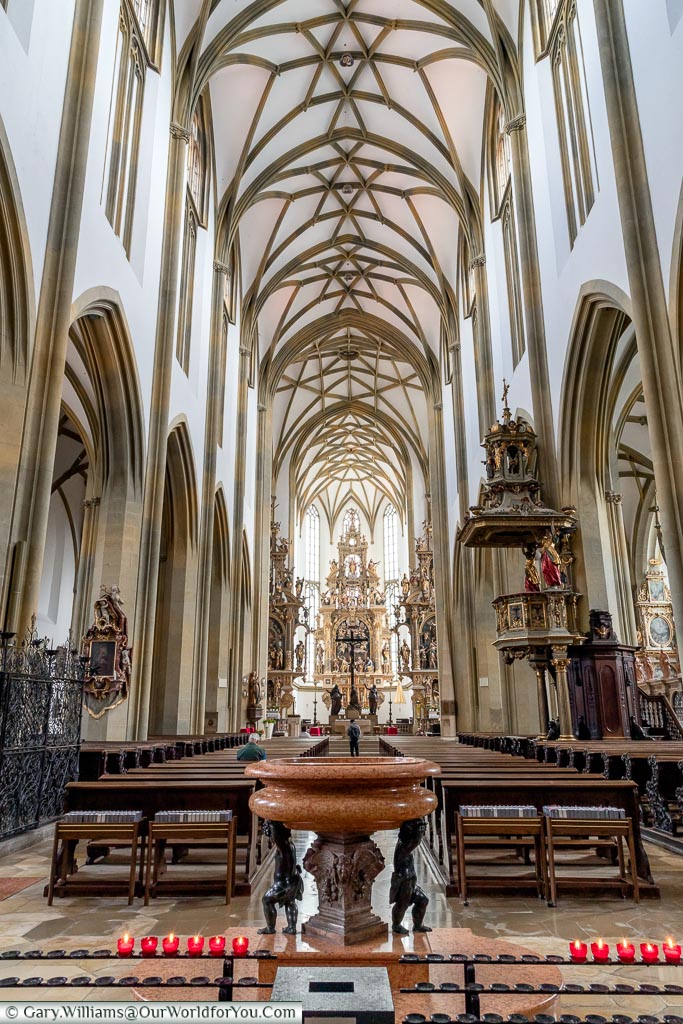
Take a stroll
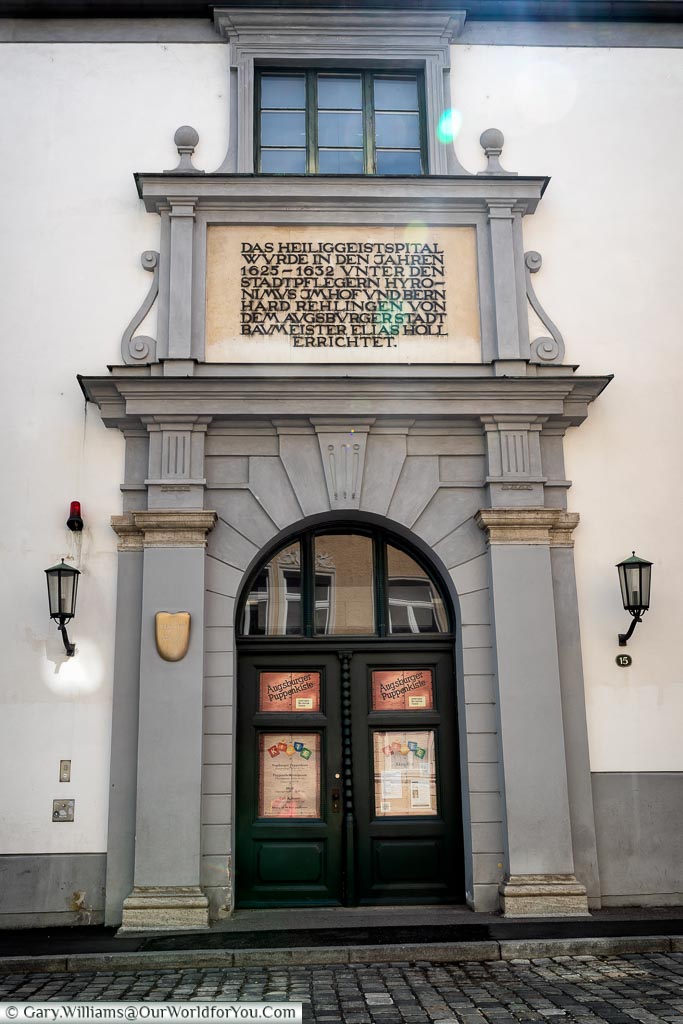
Augsburger Puppenkiste
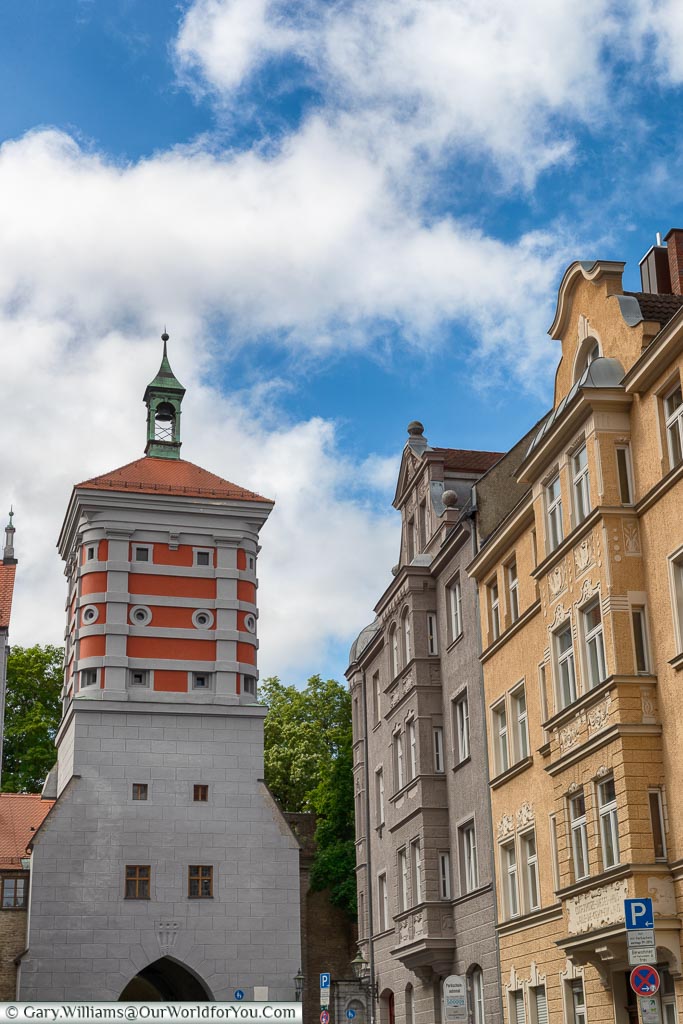
Why not?
Back on Augsburg’s “The Imperial Mile”
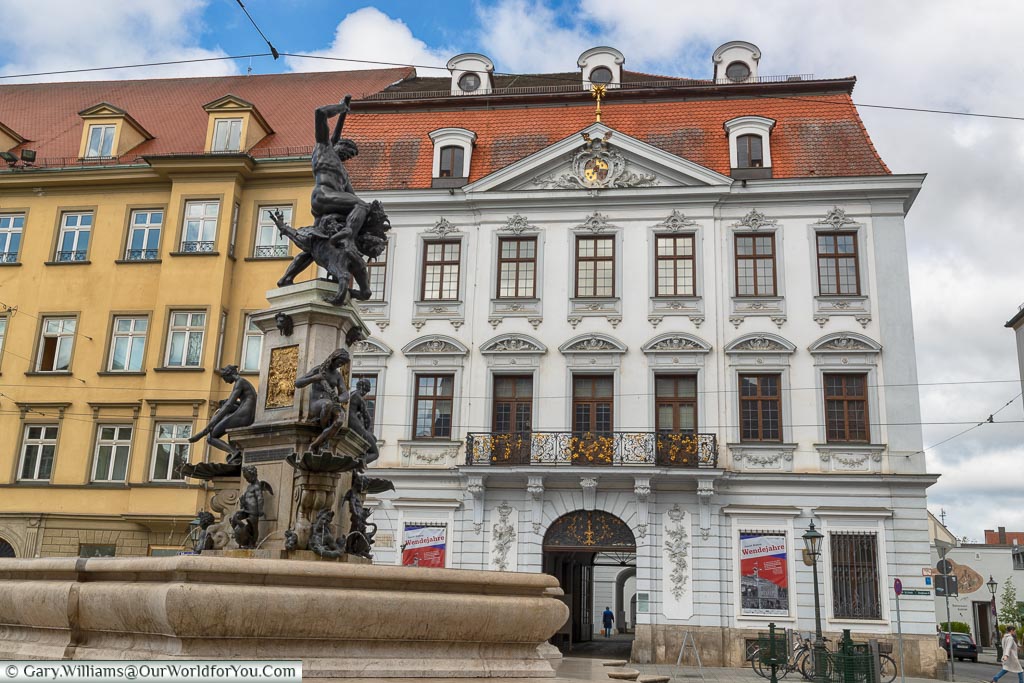
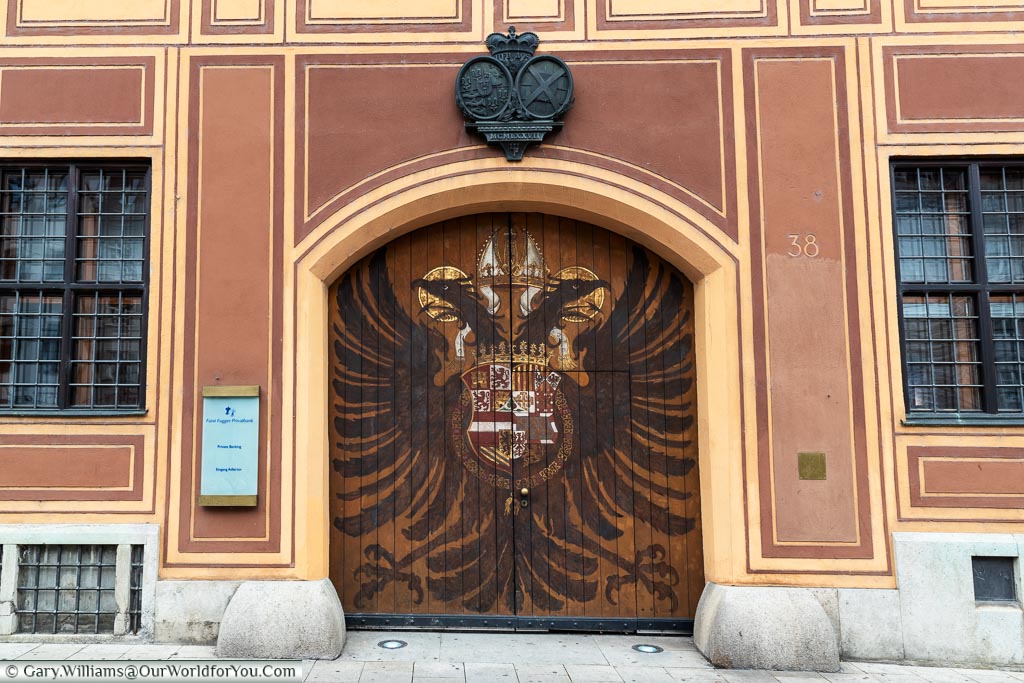
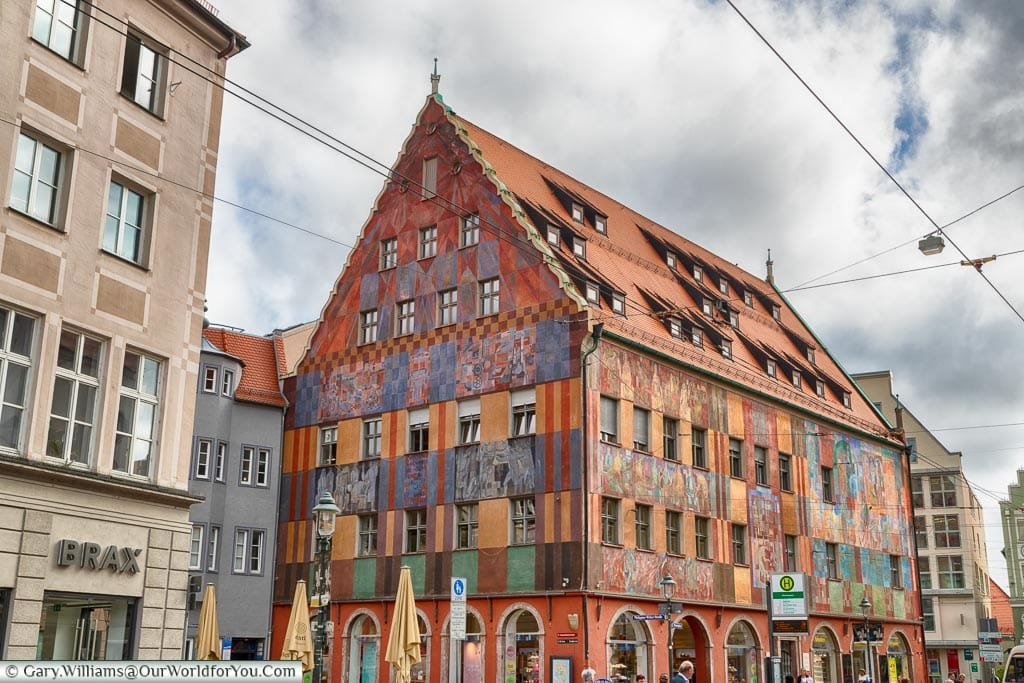
North it is
Passing through Rathausplatz, you’ll see the third fountain along this stretch, which Emperor Augustus stands aloft.
As I’ve already given you a taster of what can be found in this square, keep heading north.
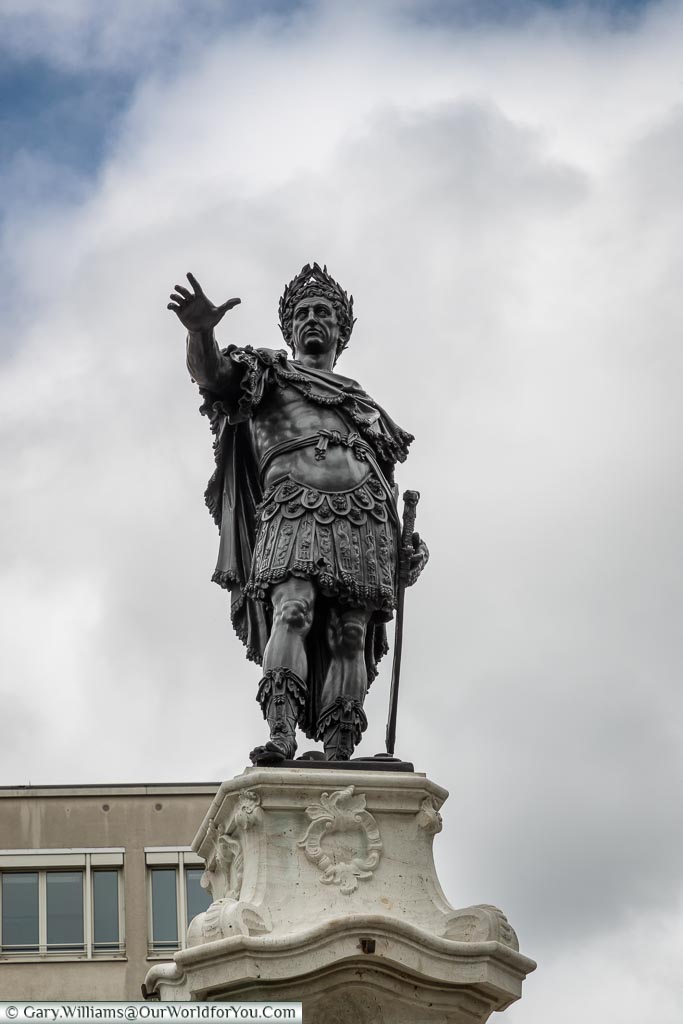
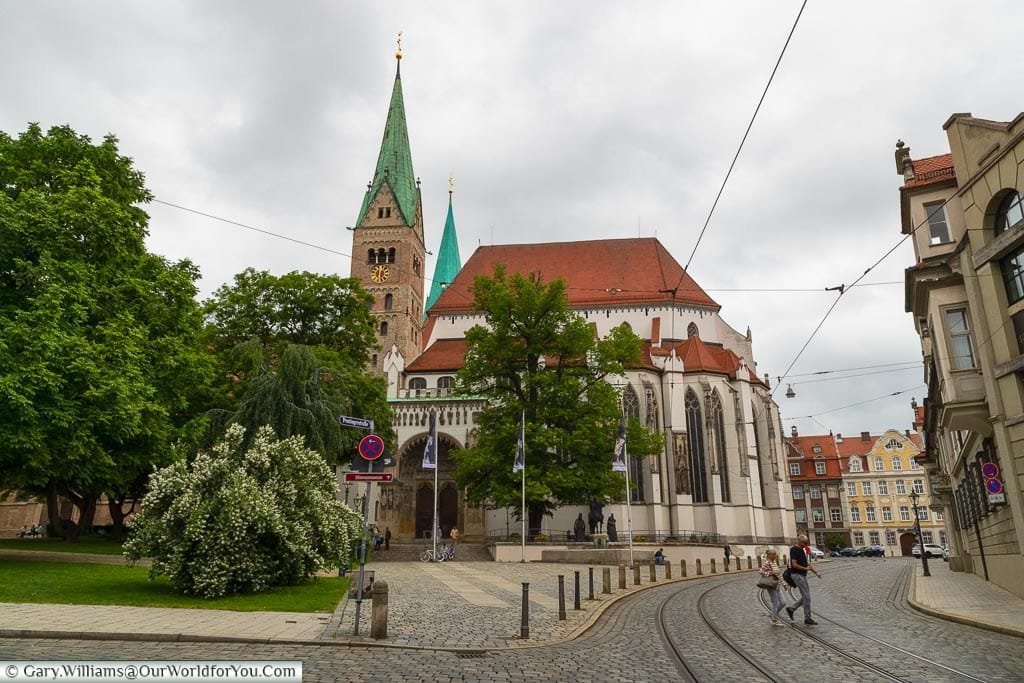
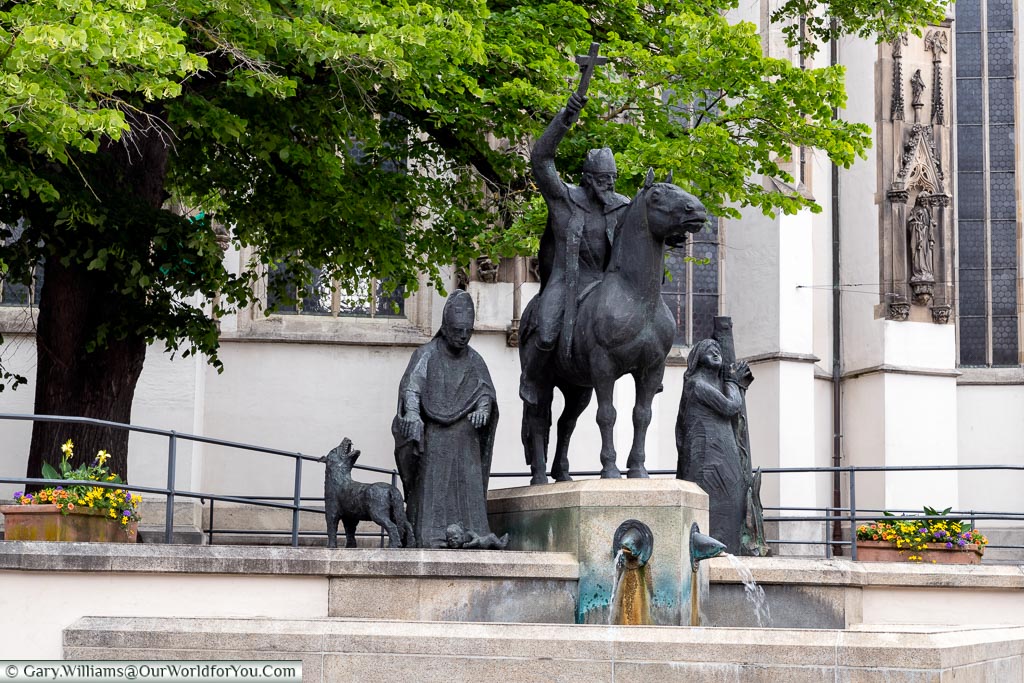
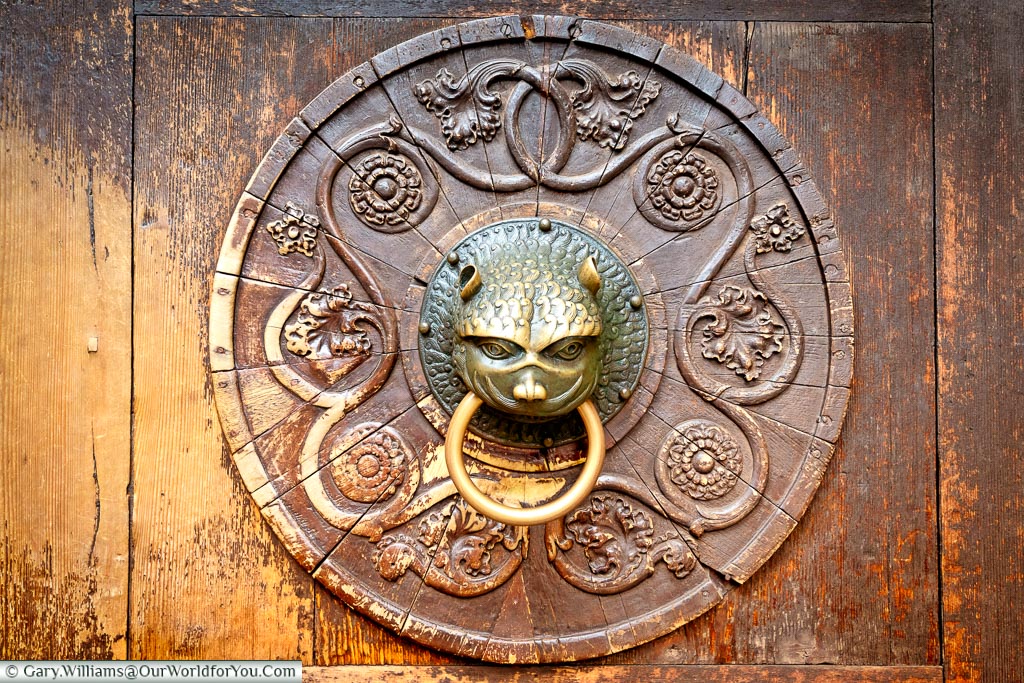
It has to be a road trip
Did someone say, Mozart?
Just along from Augsburg Cathedral is where Leopold Mozart was born, the father of Wolfgang Amadeus Mozart.
Leopold was renowned in his own right as he was a conductor, composer and teacher.
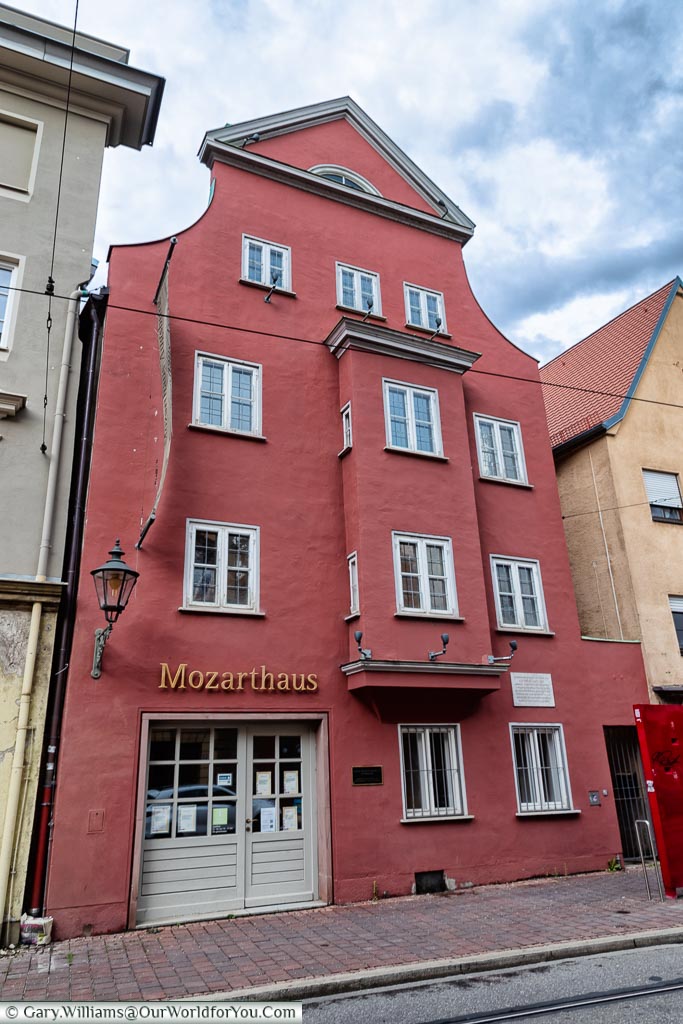
The Fuggerei, Augsburg
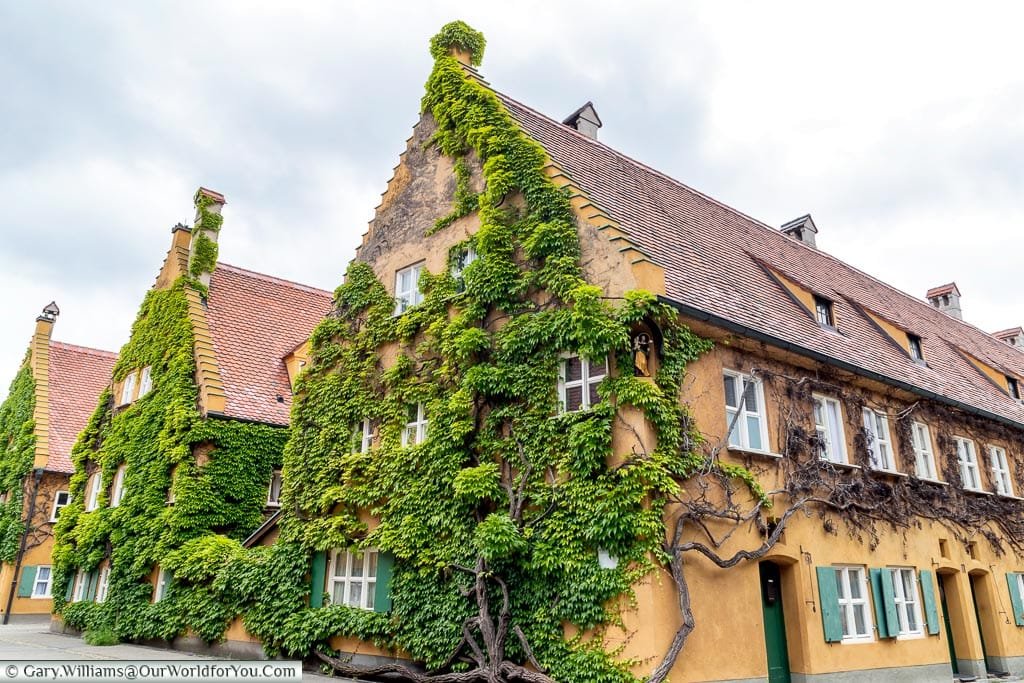
How much?
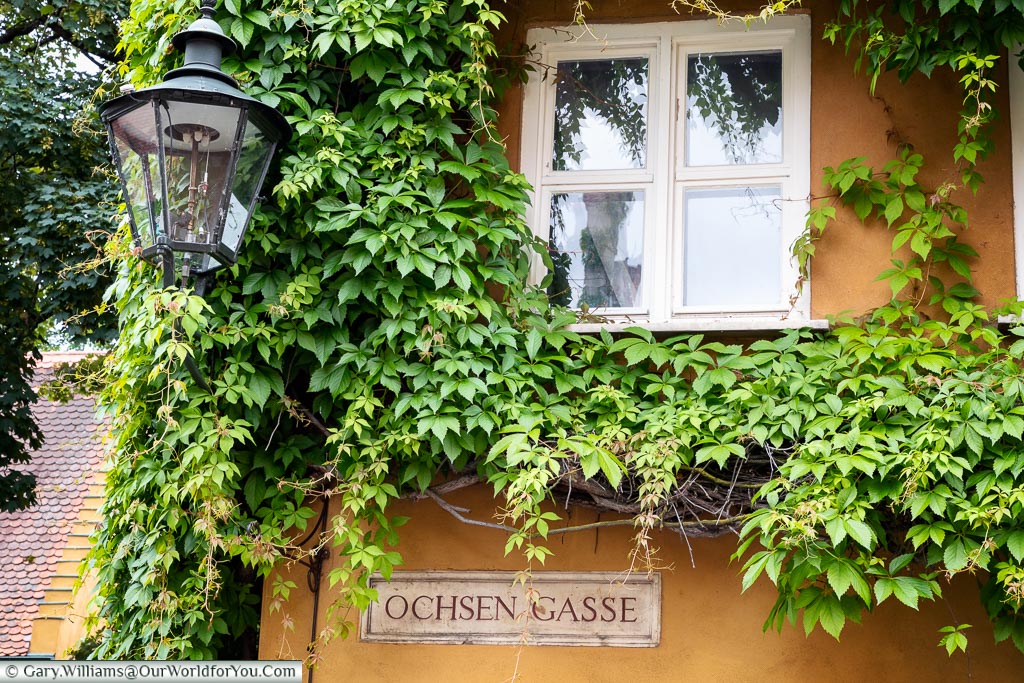
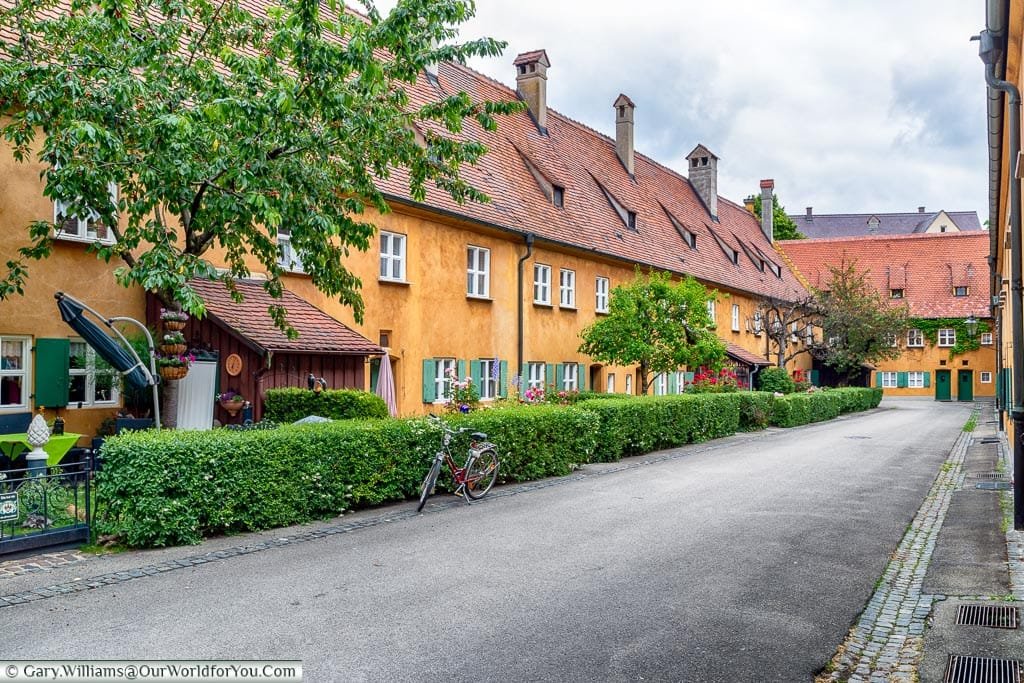
Welcoming street in the Fuggerei
Exploring Fuggerei, Augsburg
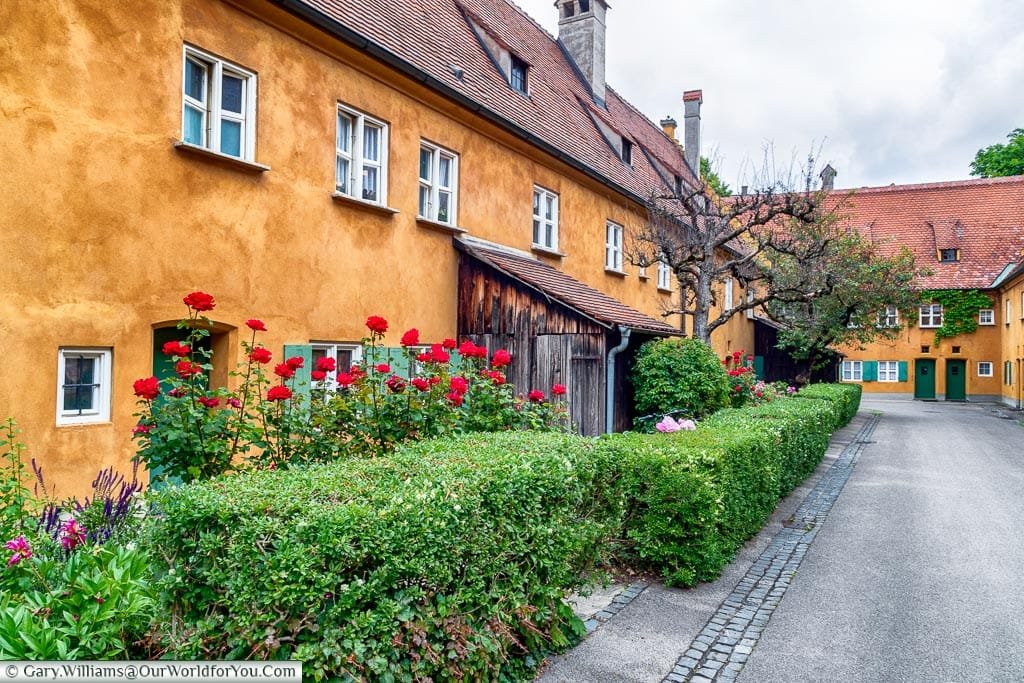
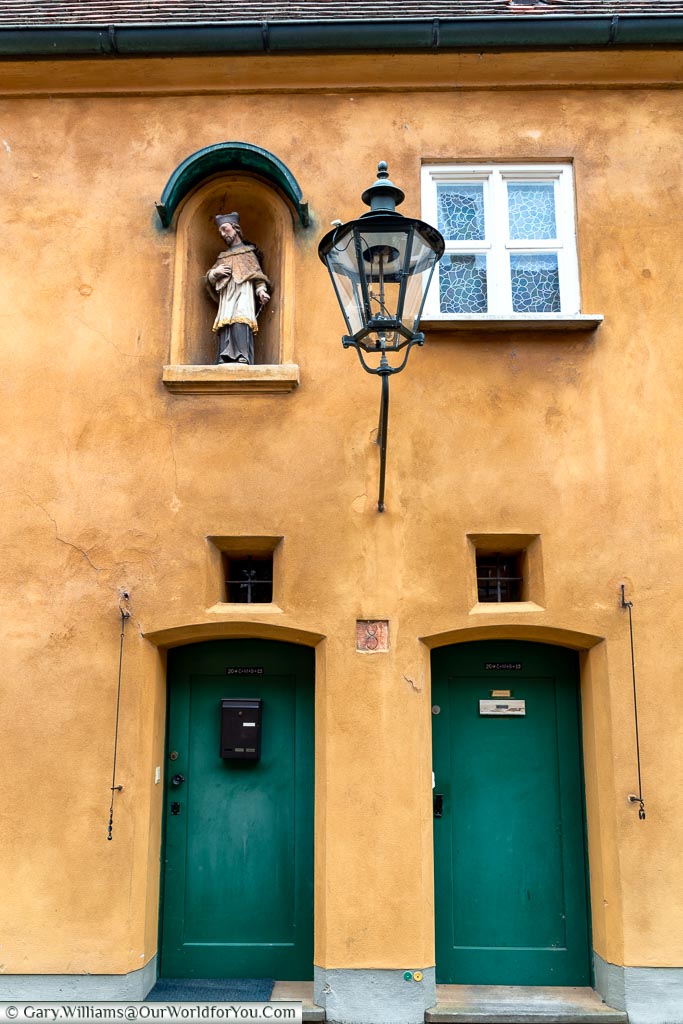
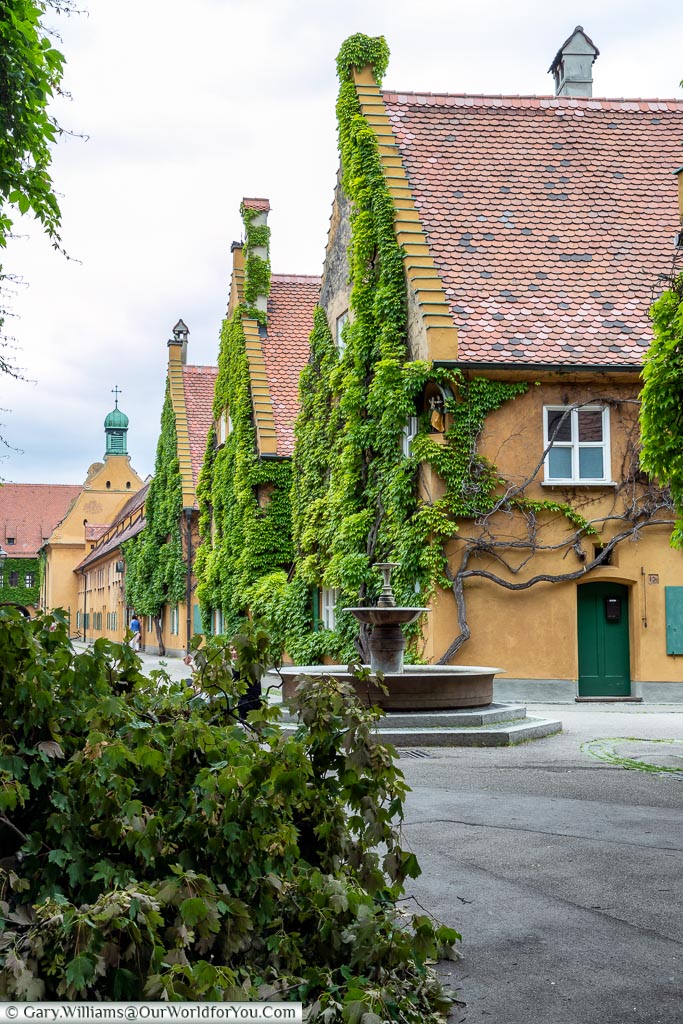
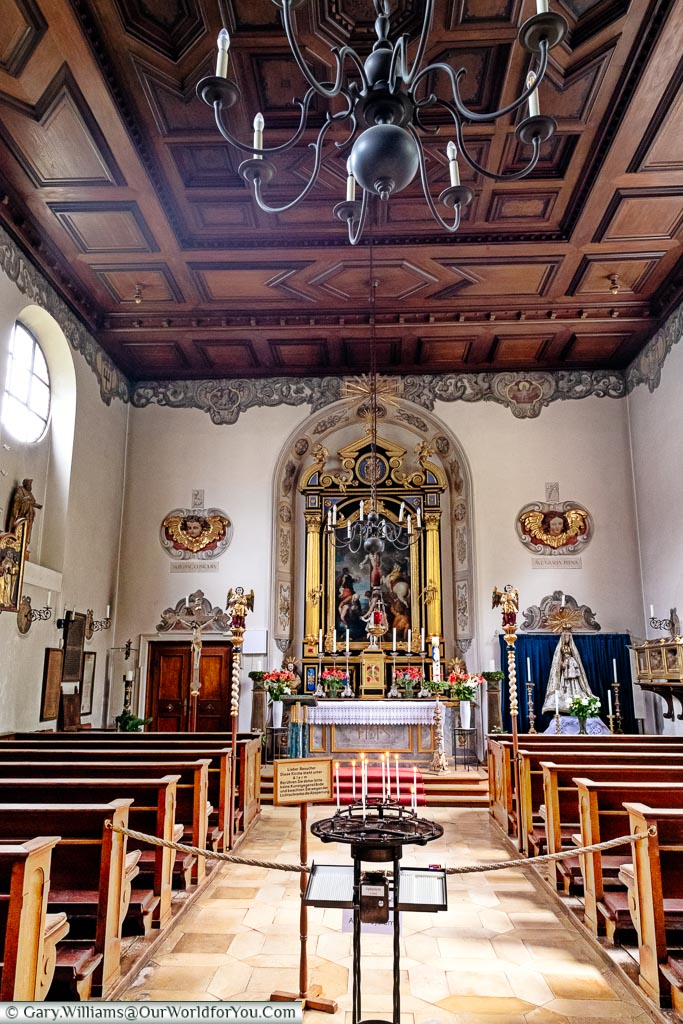
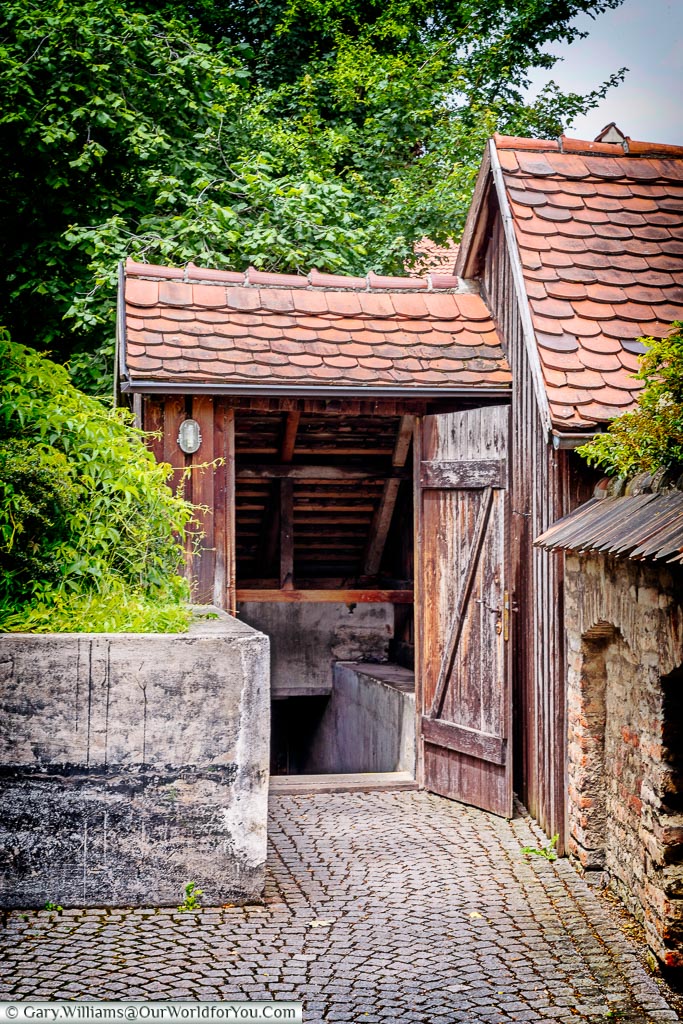
Wander the cobbled lanes
Strolling around the Old Town of Augsburg is such a pleasure, you’ll easily find some quiet spots to relax and enjoy the scenery.
With all the exploring you’ve done; you’ll undoubtedly have earned a nice ice-cold German beer.
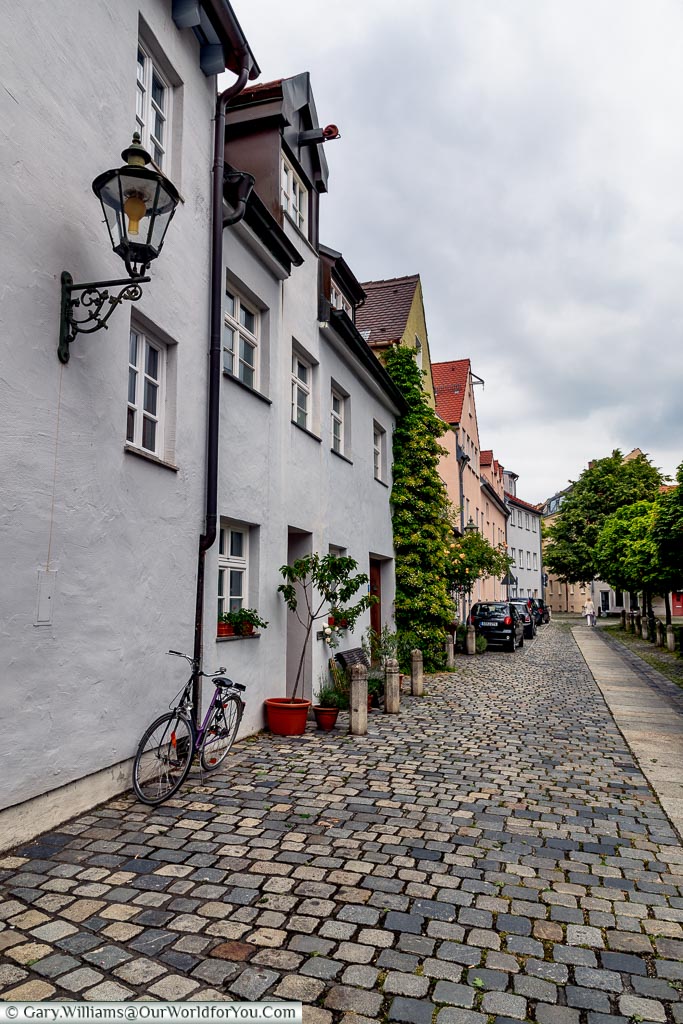
Quiet street in Augsburg
Would you like a little more?
We have created a little YouTube video of Augsburg - why not check it out?
Why not subscribe to our YouTube channel and get the latest clips as we post them?
* This post may contain links to affiliated sites where we earn a small commission at no additional charge to you.
Inspired to visit Augsburg?
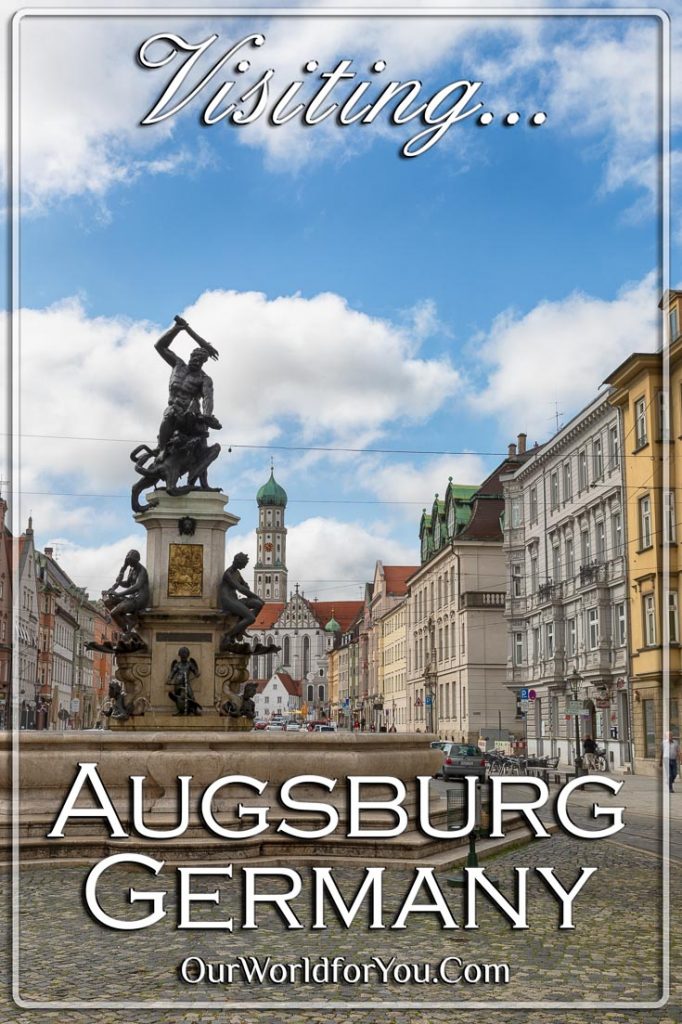
(Why not Pin It for Later?)
If you enjoy what you see, and you’d like regular updates then join us for a monthly newsletter.




Comments
You’ve outdone yourself on the photos again. I really want to go to Bavaria. The architecture is just stunning. Fuggerei remind s me of the Cotswolds and the Golden Hall is superb!
Thanks very much Melissa, Bavaria is one of many lovely regions of Germany. It does have some stunning architecture though.
Augsburg looks really pretty, thanks for bringing it to my attention! I would love to visit Bavaria, so will definitely keep this in mind.
No problem, Bavaria is a lovely region of Germany to tour around, there are so many quaint towns and villages, you’ll be spoilt for choice.
You have captured the spirit of the city. It’s well worth returning in winter to attend the Christmas market held on Augsburg’s main square.
Thanks, that’s good to know about the Christmas market. We’ve visited so many German Christmas markets we love them, the Germans do Christmas so well. Our favourite is still Cologne, but it’s great to see how the different regions have their own specialities.